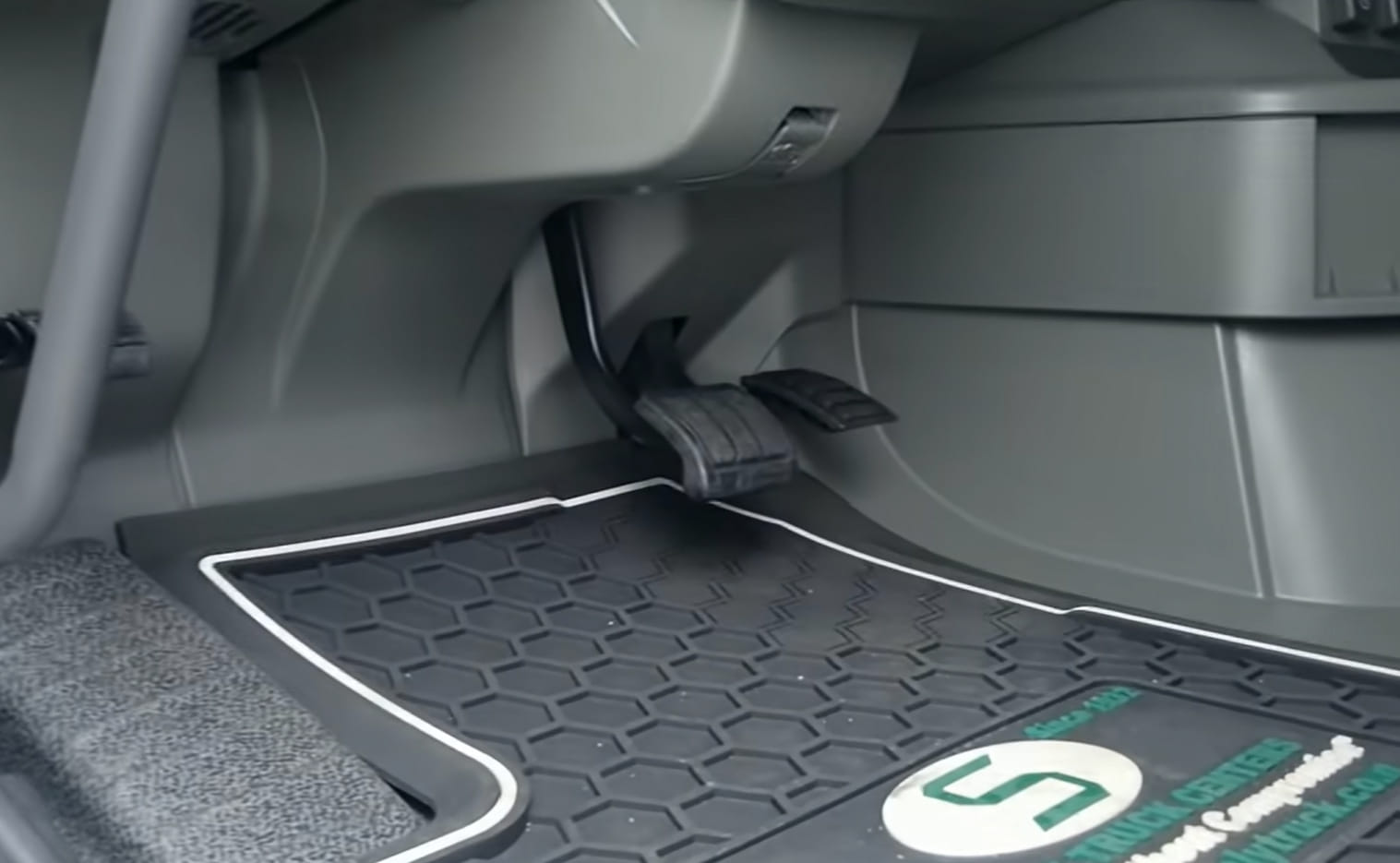Have you been dealing with a Volvo VNL accelerator pedal problem?
A bad accelerator pedal is something that a few people encounter, which can be tough to deal with.
Modern vehicles including Volvo VNLs are equipped with computers and sensors that precisely and automatically manage certain car controls. Thus, you can achieve an improved gas mileage, as well as a more comfortable, smoother and safer drive.
They also have an accelerator pedal sensor, which helps to determine the accelerator pedal’s position.
Today, we’ll talk more about the signs of a faulty accelerator pedal position sensor, determine its location, as well as the replacement cost involved. Let’s get right into it.

Contents
Volvo VNL Accelerator Pedal Problem Signs
When your accelerator pedal sensor is not working right, this impacts the way your car runs, as well as its response to the pedal. Gas mileage is impacted, as well.
Have a look at the common signs and symptoms of a problematic accelerator pedal sensor below.
1. Hesitation signs
When you press the gas pedal and the car fails to move smoothly, it could mean that your vehicle is not responding well to the gas pedal being pressed. The APS may be failing, which is why you need to pull over right away and contact a mechanic. Do keep in mind that when your pedal is bad, this can be a very big problem.
2. Engine in rough idle
Another sign that your APS is failing is when your engine performs a rough idle. The ideal RPM of an engine is between 600 and 700 RPM. When you maintain these RPMs, you can expect a smooth idle without any shaking or vibrating. It also uses up less fuel.
However, if your vehicle idles roughly, it could be due to a faulty accelerator pedal sensor. Another problem linked with that is the fuel mixture.
3. Slow acceleration
If you notice that your vehicle can only accelerate to a specific point and can’t go faster than that, then the accelerator pedal sensor is not working right. The APS is preventing you from going beyond your current speed as positioning signals are not sent out accurately. No matter how much you press the gas pedal, this makes no difference to the speed of your car.
4. Jerking when pressing on the pedal
Here is another obvious sign that your accelerator pedal sensor is not working well. If you press the gas pedal, you may experience the car’s shaking or jerking. This means that the reading sent to the automatic transmission computer of your vehicle is incorrect.
5. Low gas mileage
A clear sign that your APS is not working is when your gas mileage has reduced. There may even be zero delayed response coming from the gas pedal, yet the gas mileage is decreasing. Hence, the throttle position sensor works but is not accurate enough.
Addressing Volvo VNL Accelerator Pedal Problem
Oftentimes, when the accelerator pedal sensor is not working, you will have to locate the accelerator pedal to first get it fixed. It may be cumbersome to remove it but in other car models, it should be quite easy and straightforward.
When a replacement for an accelerator pedal sensor is needed, do take note that the price involved varies. It could set you back by $100 up to $300, depending on the labor costs. The sensor is usually under $200 but the labor cost may vary from one workshop to another.
However, if you want to do it yourself to save some money on labor cost, then it is absolutely possible. Just be sure you do it right to avoid further issues.
1. Prepare your tools.
First of all, get your materials ready. Among the ones you need are a set of screwdrivers, work gloves, voltmeter and safety glasses.
You also need your replacement accelerator pedal position sensor to use in place of the old one. Once you have these ready, it’s time to get to work.
2. Disconnect the battery.
Before doing anything involving electrical components, make it a point to disengage your negative battery terminal first. This will spare you from dangerous electrical shocks and jolts, as well as further damage to your vehicle’s electrical system parts.
3. Remove the old sensor.
Get the old APP sensor out and unplug any wiring harness responsible for sending signals to your ECU. Make sure you unplug it correctly as you press the knob down and pull the connectors off. This way, you can prevent cutting the wires by accident.
Then, unscrew any installation screws that keep the sensor intact. Place screws in a secure container if you plan on using them to the new sensor.
Pull the old sensor out and dispose of this part properly. But be sure to compare it with the replacement part since you want to make sure it is exactly the right one you need.
4. Install the new sensor and reconnect the battery.
Replug all the electrical connectors into your new sensor. Be sure the chips and connectors are well-aligned to ensure proper installation. You can also now reconnect the negative battery and tighten the cable with the right wrench size.
Lastly, test your work. Never finish the job without performing a test just to be sure that everything is in order.
Read More: Are Volvo D12 Engine Problems Common?
Final Thoughts
There are many signs of an accelerator pedal problem such as rough idling, low gas mileage, and slow acceleration, to name a few. When you notice any of these signs, it is best to dive deeper into the issue and perform the right techniques to address it.
By doing so, you can spare yourself and others from danger while prolonging the lifespan of your vehicle’s most delicate parts.